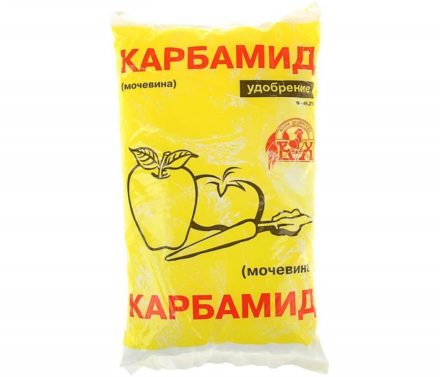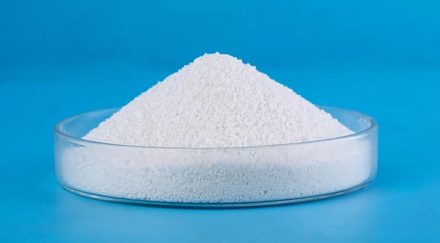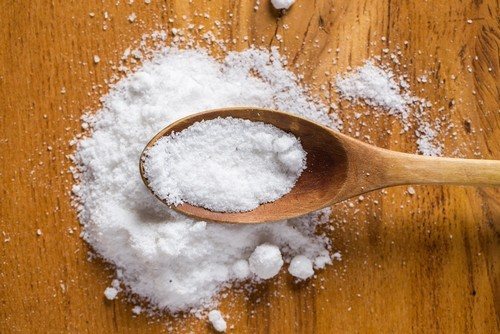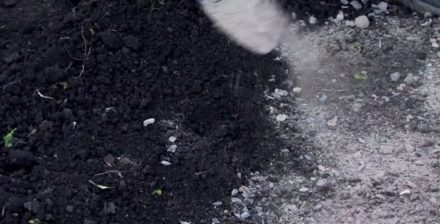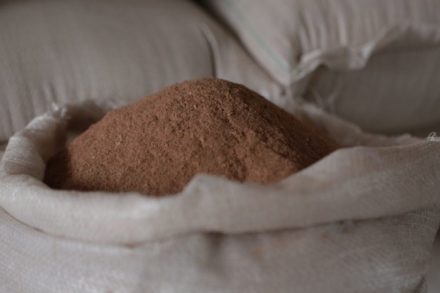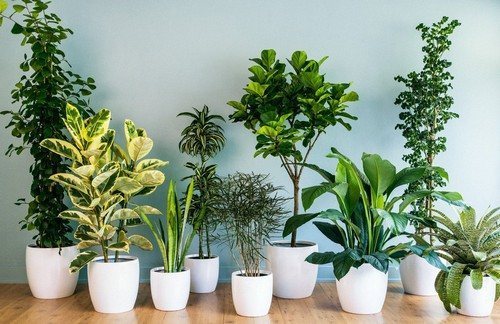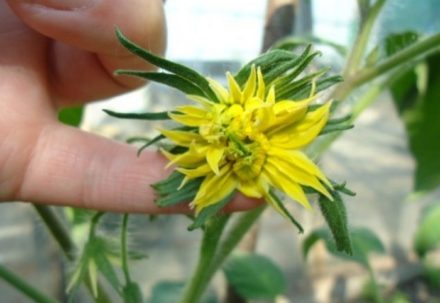Iodine is used not only in medicine. Its spectrum of action is much wider. For a long time, people have been using it both as a fertilizer and as a means of protection against diseases. It is safe for crops, animals and humans, but at the same time, its use in the garden and vegetable garden gives positive results, which explains its popularity.
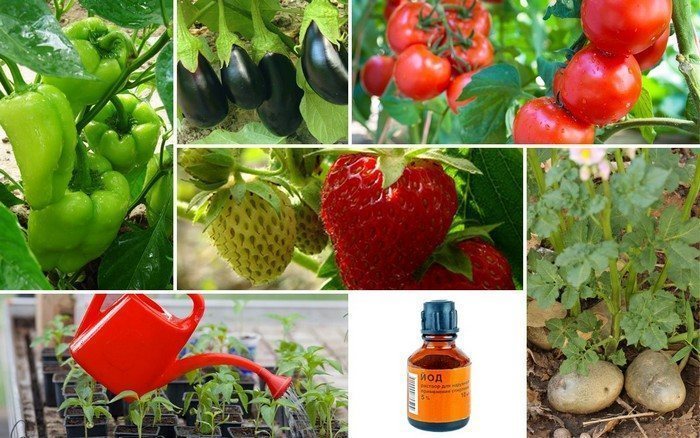
Use for vegetable seedlings
Iodine is necessary for tomatoes, peppers, cucumbers and all nightshade plants. The seed material undergoes the first treatment. In a special composition (1 ml of the preparation per 0.5 l of water) soak the seeds for 7 hours. Then sow them in the usual way.
Next, feed the seedlings. Dilute 1 drop of the product in 3 l of water. Water the planting material with the resulting liquid under the root.
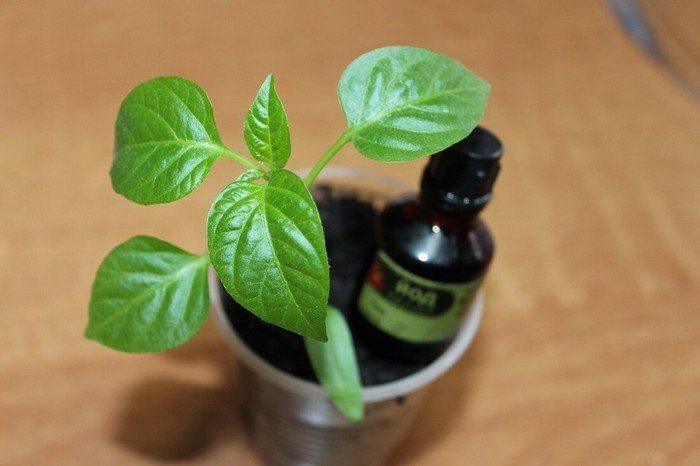
The benefits of such feeding are undeniable. The shoots are more friendly, their growth is faster. Providing plants with this microelement in the early stages makes them more resistant to the main types of diseases and the negative impact of the environment. They become resistant to temperature changes. Cabbage, eggplants, cucumbers, peppers and tomatoes are most susceptible to such fertilizer.
Before planting seedlings in a permanent place, water them with such a solution. You can also treat the soil before planting. To do this, dissolve 3 ml of iodine in 10 liters of liquid. And water the soil well.
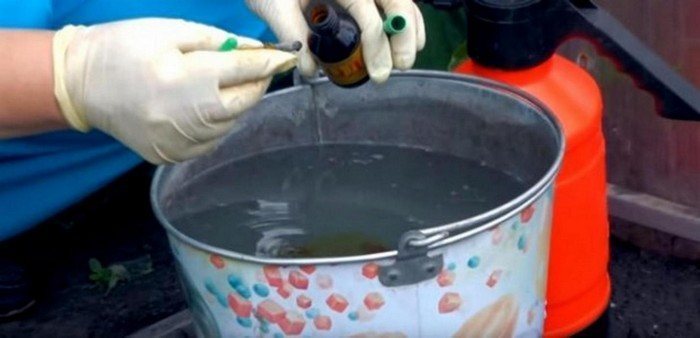
Crops planted in a permanent place are also watered with this product. The concentration can be gradually increased. Consumption rate is up to 1 liter for each unit. Watering is carried out around the plant.
Important! Watering is carried out at the root, as such a solution can burn the leaves and stems of plants. Compliance with the dosage is mandatory.

The use of iodine to protect garden crops from diseases
Iodine is not only an important element of plant nutrition, but also a means of protection against diseases.
For tomatoes
The need for it in adult plants is no less than in seedlings. Iodine helps fight late blight. To carry out the treatment, a special composition is prepared. 1 liter of whey is dissolved in 10 liters of water. Add 15 ml of hydrogen peroxide and 40 drops of iodine. Bushes are sprayed with this composition in the evening. Between treatments take a break of 10 days. A total of 3 such procedures are performed.
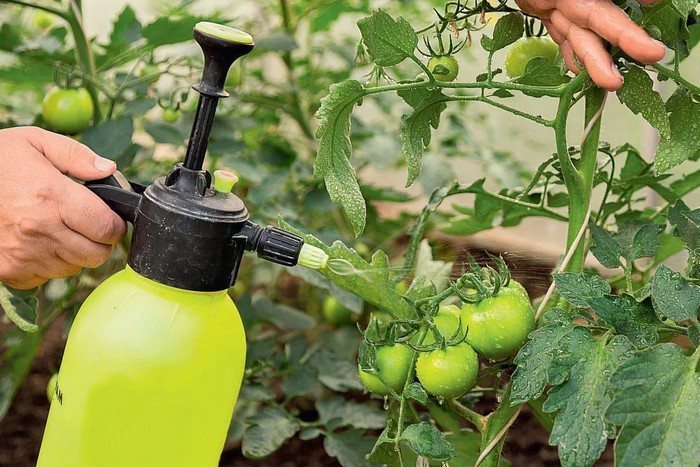
Iodine will also help in the fight against rot. To do this, 10 ml of the drug is diluted in a bucket of water. And during the season the bushes are sprayed several times.
For cucumbers
Iodine protects cucumbers from powdery mildew. To do this, prepare a spray composition: dissolve 10 drops of iodine in 1 bucket of water. Spray weekly and stop when signs of the disease disappear.
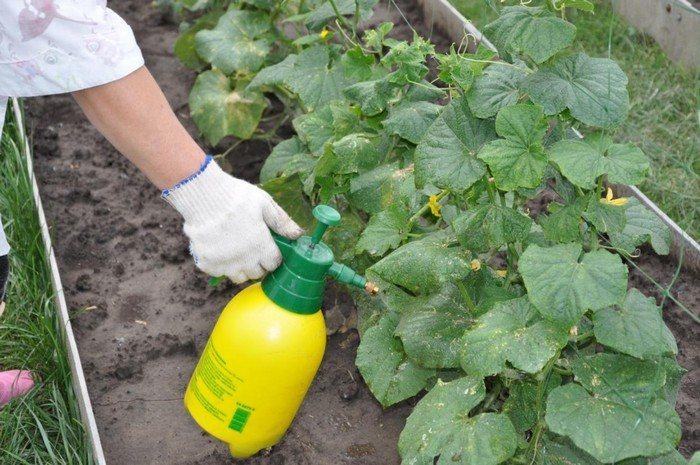
For cabbage
To water cabbage, 40 drops of iodine are dissolved in 9 liters of water and watered at the root. After this feeding, the cabbage will not suffer from rot. And the heads of cabbage will form faster and larger.
For fruit trees
Treating fruit trees with iodine solution helps protect them from major diseases.To obtain a solution, 10 ml of the drug is diluted in a bucket of water. If necessary, spraying is repeated after 4 days. Fruits from trees can be consumed no earlier than 30 days from the date of processing. Young seedlings undergo this procedure in the spring.
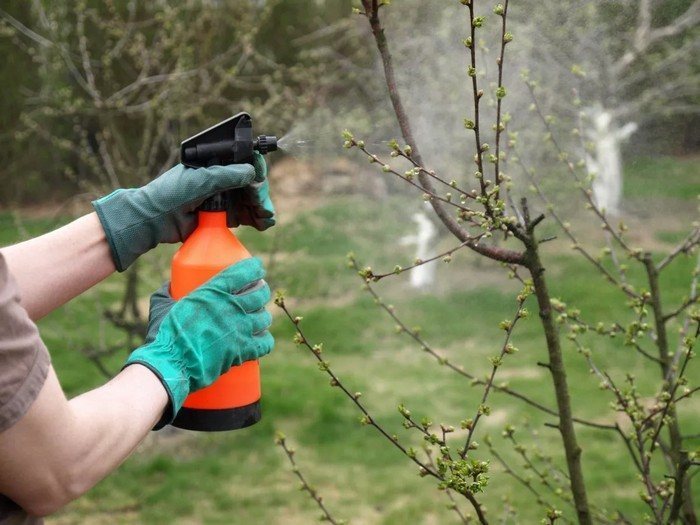
Benefits of iodine
The use of iodine in the garden has practical benefits.
He is:
- Seed germination stimulator.
- Protection against diseases.
- Immunostimulant.
- Fertilizer.
- Productivity stimulator.
In addition, it helps plants recover faster from illness and accelerates the ripening of fruits.


